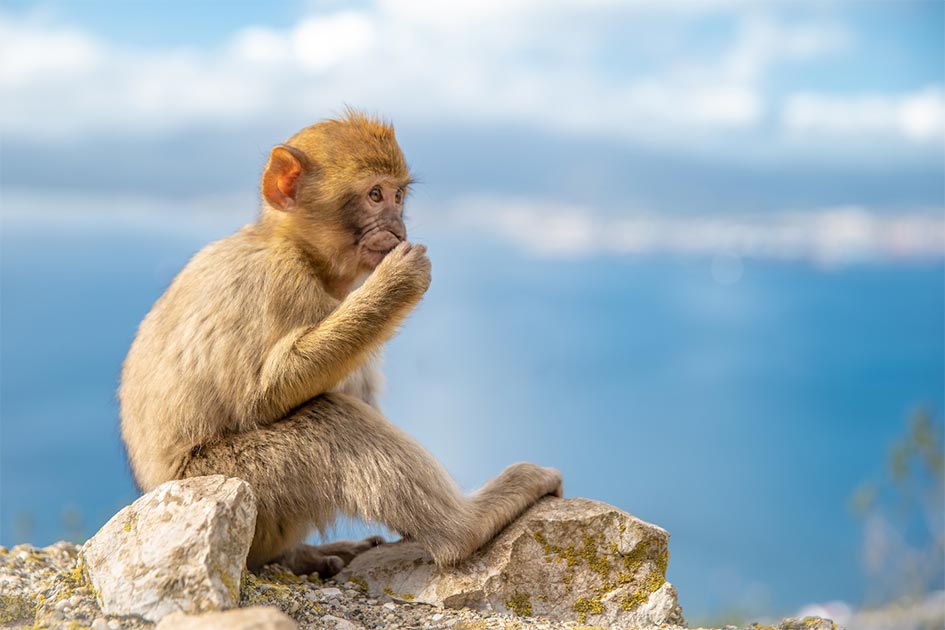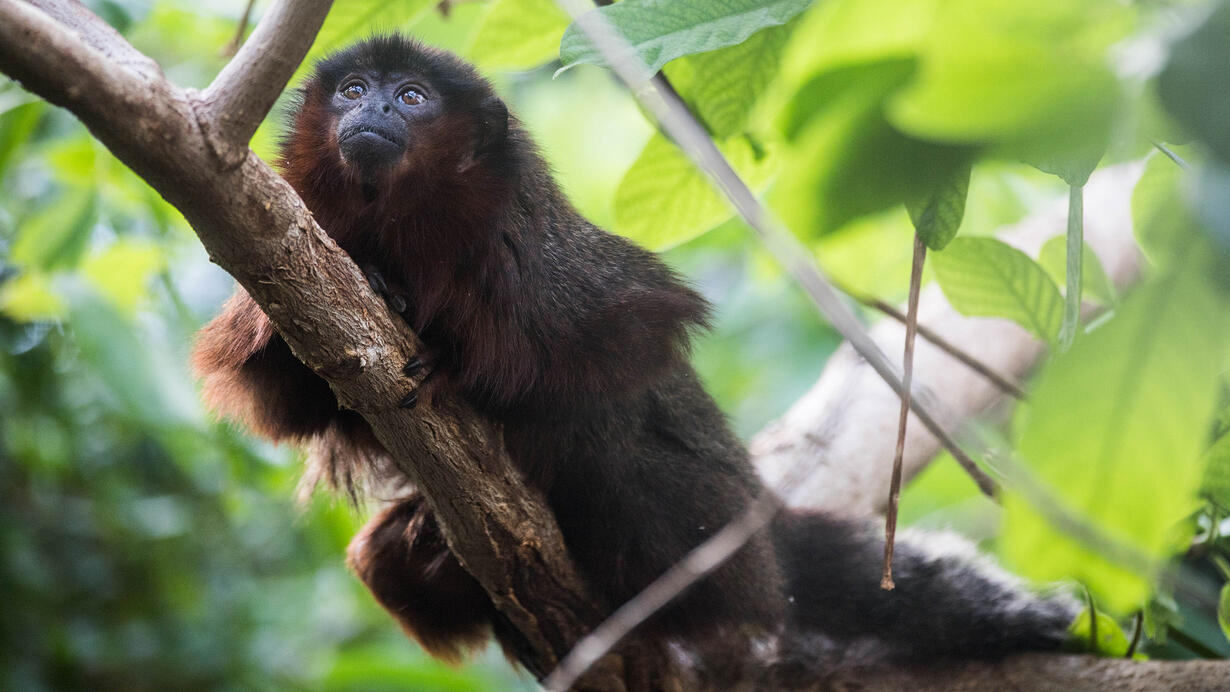Monkeys are a diverse group of primates that have evolved over millions of years. While many species of monkeys still exist today, there are also several extinct types that have been identified.
In this article, we will focus on the three extinct types of monkeys that have been discovered so far. These include Ucayalipithecus Perdita, Jamaican Monkey (Xenothrix mcgregori), and Hispaniola Monkey (Antillothrix bernensis).
You are reading: Discover The 3 Extinct Types Of Monkeys
However, it’s important to note that there are likely many more extinct primate species that have not yet been discovered or identified. To understand the evolution of monkeys, it’s helpful to explore the characteristics, behavior, and habitat of living primates, as well as the fossil record of extinct primates.

3 Extinct Types Of Monkeys
Ucayalipithecus Perdita
Ucayalipithecus Perdita is an extinct monkey species that was discovered in the Peruvian Amazon. The name “Ucayalipithecus Perdita” comes from Ucayali, the area of the Peruvian Amazon where the teeth were found, pithikos, the Greek word for monkey, and perdita, the Latin word for lost.
The species belonged to the family Parapithecidae, whose members had previously never been found in the Americas. The teeth of Ucayalipithecus Perdita have been studied to reconstruct relationships between species because they preserve well and differ between species.
Read more : 10 Types Of Purple Fish To Own
The chewing surface of each tooth is covered in cusps (raised parts) and basins (dips) that give the tooth its distinctive shape. In the Ucayalipithecus Perdita paper, the authors compared their new fossil teeth with those of others from the same family and other living and extinct monkeys.
The species is believed to have lived around 34 million years ago and was similar in size to a modern-day marmoset, weighing about 12 ounces (350 grams).
The discovery of Ucayalipithecus Perdita has revealed a new chapter in the chronicle of primate evolution in South America, as these monkeys lived alongside and competed with the ancestors of today’s New World monkeys, helping to shape the evolution of plant and animal life as a hidden part of South America’s ancient ecology.
Jamaican Monkey (Xenothrix mcgregori)

The Jamaican monkey, also known as Xenothrix mcgregori, is an extinct species of New World monkey that was endemic to Jamaica. Here are some key facts about this species:
– The Jamaican monkey was first discovered in 1920 by Harold Anthony at Long Mile Cave.
– DNA analysis indicates that the species is a type of titi monkey, sister to the recently recognized northern South American genus Cheracebus, that colonized Jamaica around 11 million years ago.
– The Jamaican monkey has a separate origin from the other monkeys of the Greater Antilles, as it is younger than the oldest fossils of monkeys on Cuba.
– The species is a member of the family Pitheciidae, subfamily Pitheciinae, and tribe Xenotrichini.
– The Jamaican monkey was a slow-moving, tree-dwelling monkey that lived on the Caribbean island of Jamaica.
– The species was a morphologically conservative radiation, meaning that it did not change much over time despite being isolated on an island.
– The Jamaican monkey is believed to have gone extinct around 500 years ago, likely due to habitat destruction and hunting by humans.
The discovery of ancient DNA from the Jamaican monkey has helped shed light on the origins and evolution of this unique primate species.
Hispaniola Monkey (Antillothrix bernensis)
Read more : Top 10 Most Dangerous Insects in Canada
The Hispaniola monkey, also known as Antillothrix bernensis, is an extinct primate that was endemic to the island of Hispaniola, which is now the present-day Dominican Republic. Here are some key facts about this species:
– The Hispaniola monkey is one of two species of extinct primate on Hispaniola, the other being Paralouatta varonai.
– The species is thought to have gone extinct around the 16th century, but the exact timing and cause of the extinction are unclear.
– The nearly pristine remains of Antillothrix bernensis were discovered in the Dominican Republic, and the first skull of the species was described in 2010.
– The species was capuchin-sized and a member of the family Atelidae, which includes howler, spider, and woolly monkeys.
– Antillothrix bernensis existed on Hispaniola relatively morphologically unchanged for over a million years, making it a morphologically conservative radiation like the Jamaican monkey.
– The discovery of Antillothrix bernensis and other extinct primates from the Greater Antilles has helped shed light on the origins and evolution of these unique primate species.
Overall, the discovery of the Hispaniola monkey has provided valuable insights into the evolution and diversity of primates in the Caribbean region.
FAQS
1. What are the three extinct types of monkeys?
The three extinct types of monkeys are Ucayalipithecus Perdita, Jamaican Monkey (Xenothrix mcgregori), and Hispaniola Monkey (Antillothrix bernensis).
2. When did these extinct monkey species live?
Ucayalipithecus Perdita lived around 34 million years ago, while the Jamaican monkey and Hispaniola monkey are believed to have gone extinct around 500 years ago and the 16th century, respectively.
3. What family did these extinct monkey species belong to?
Ucayalipithecus Perdita belonged to the family Parapithecidae, while the Jamaican monkey and Hispaniola monkey belonged to the families Pitheciidae and Atelidae, respectively.
4. What is the significance of the discovery of these extinct monkey species?
The discovery of these extinct monkey species has provided valuable insights into the evolution and diversity of primates in different regions of the world. It has also helped shed light on the impact of human activities on primate populations and the importance of conservation efforts.
5. Are there other extinct primate species besides these three types of monkeys?
Yes, there are many other extinct primate species, including lemurs, lorises, tarsiers, and other types of monkeys. The fossil record of primates is constantly evolving as new discoveries are made.
Source: https://petstutorial.com
Category: Animals










